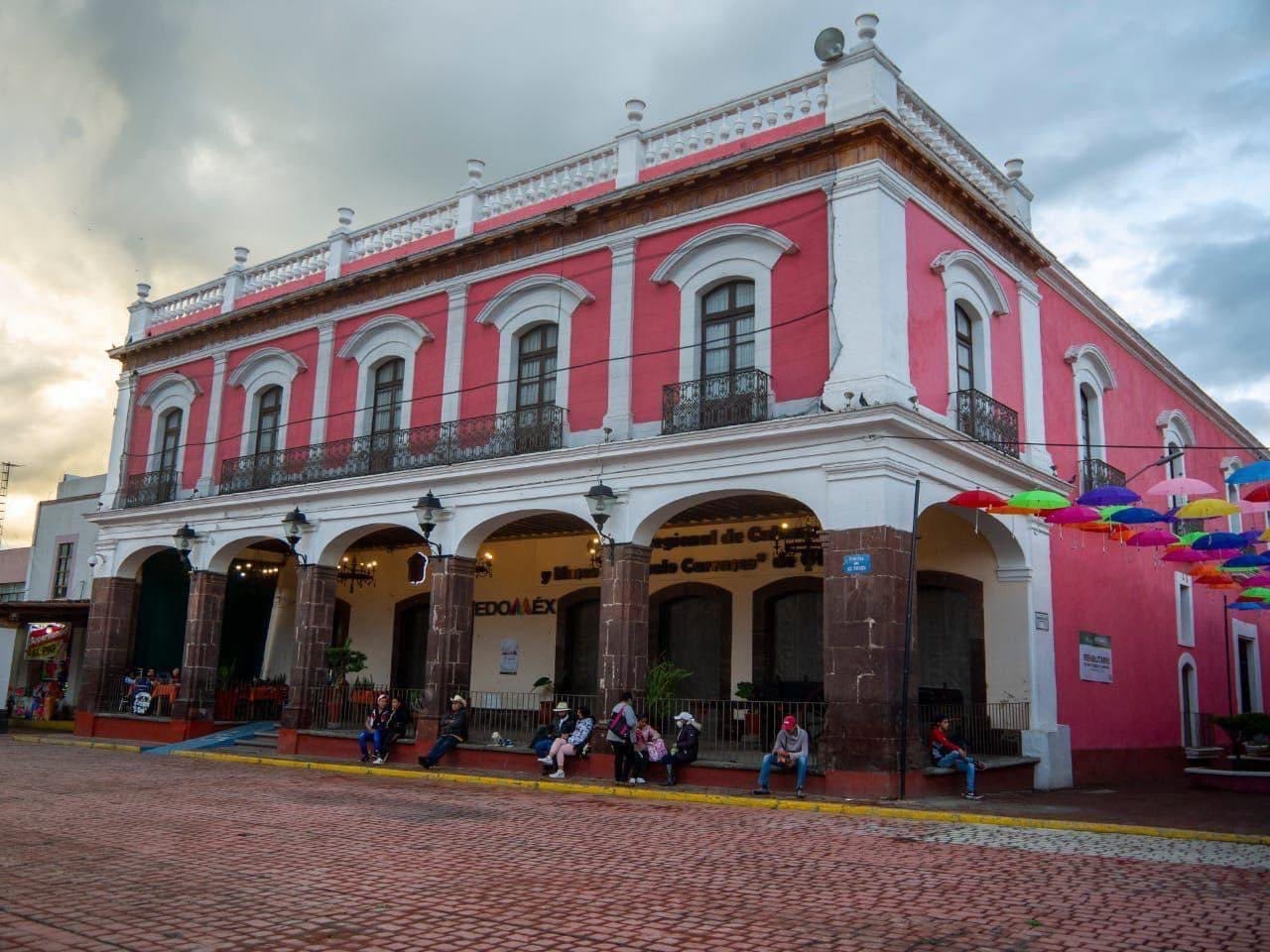Otumba
One of the best secret Mexico City getaways was long the weekend haunt of the Viceroys.

Otumbade Gómez Farías is a dusty little town to the northeast of Mexico City, just past the famous pyramids of Teotihuacan. The perfect Mexico City getaway and weekend haunt, Otumba was just that for the old Viceroys of New Spain. The tradition started way back in 1580 when the Earl of la Coruña, Lorenzo Suárez de Mendoza, used to weekend here. Thereafter, all the Viceroys arriving from Spain (usually) would take up the reins of power here.
In the 16th century, it became the haunt of some Franciscans who built their monastery on top of an ancient pyramid. Today, only the Parroquia de la Purísima Concepción preserves parts of the old gatehouse. And this is all on the side of the towns main square. The nearby Casa de Cultura Museo Regional Gonzalo Carrasco is named for a 20th century painter who spent most of his life here. You\\\'ll still find his collection of furniture and paintings inside.
There is also a Railway Museum in the old station. But most weekend visitors come for the wood carving and artisan works in obsidian, onyx, and drawn glass. Metal work and blacksmith goods are also of interest
The town name descends to us from the old Nahuatl word that combines otomitl or oton, and pan, (place) and so could be loosely translated to mean place of the Otomi. The ancient character is everywhere evident, not least in the food.
Moronga sausages accompany even the barbacoa. Mixiote, mole, pulque, maguey worms, chinicuiles, escamoles remind you that this is very close to Hidalgo and the beginnings of the Huasteca region.
Otumba may be most famous for the donkeys. Trade in burros and other draft animals dates from the colonial period. Today that tradition is marked by Donkey Festival starts on May 1st of each year.